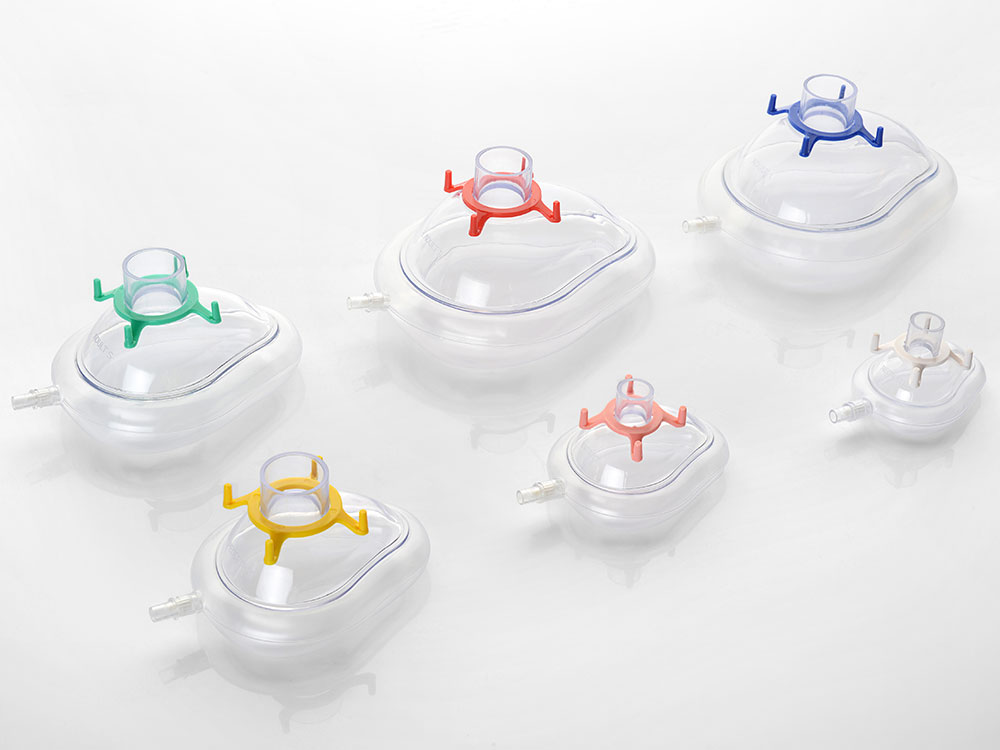News Categories

Anesthesia masks are crucial medical devices that deliver anesthesia gases to patients during surgical procedures. Proper usage of anesthesia masks is essential to ensure patient safety, comfort, and effective anesthesia delivery. This article will explore the correct procedures and best practices for using anesthesia masks to achieve optimal outcomes in medical settings.
1. Selecting the Appropriate Size:
The first step in using anesthesia masks is selecting the right size for the patient. An incorrectly sized mask may lead to leakages or inadequate ventilation. Healthcare professionals should assess the patient's facial structure and choose a mask that properly fits and seals.
2. Performing a Pre-Use Check:
Before placing the anesthesia mask on the patient, conducting a thorough pre-use check is essential. Examine the mask for any damage, tears, or deformities that could compromise its functionality. Ensure that the valve systems and connectors are working correctly.
3. Positioning the Patient:
Position the patient comfortably and securely on the operating table or medical bed. Maintaining the patient's airway and ensuring an unobstructed breathing path is crucial.
4. Applying the Anesthesia Mask:
Gently place the anesthesia mask over the patient's nose and mouth, ensuring a snug fit. Use one hand to hold the mask while the other secures the straps around the patient's head. Make sure the mask covers both the nose and mouth entirely.
5. Checking for Proper Seal:
To ensure effective anesthesia delivery, verify that the mask forms a tight seal around the patient's face. This seal prevents any leakage of anesthesia gases and aids in maintaining the patient's airway.
6. Monitoring and Adjusting Gas Flow:
Once the mask is securely in place, healthcare professionals should begin administering anesthesia gases. Continuously monitor the patient's vital signs and response to anesthesia. Adjust the gas flow rate as necessary to maintain the desired anesthesia level.
7. Monitoring Patient Comfort:
Throughout the procedure, assess the patient's comfort and well-being. If the patient exhibits discomfort or distress, promptly address the issue and make necessary adjustments to ensure their comfort.
8. Maintaining Hygiene and Infection Control:
After the procedure, remove the anesthesia mask and dispose of single-use masks. Follow stringent cleaning and sterilization protocols for reusable masks to prevent cross-contamination and ensure patient safety.
Proper usage of anesthesia masks is essential for safe and effective anesthesia delivery in medical settings. Selecting the appropriate size, performing pre-use checks, and ensuring a proper seal are crucial to optimal patient care. By following the recommended guidelines and best practices, healthcare professionals can enhance patient outcomes and contribute to a successful surgical experience.
E-Mail: info@xinwell.comTel: +86-574-63026388
Address:No.188 Binjiang Road,Cixi High-tech Industrial Development Zone,Cixi City, Zhejiang, P.R. China